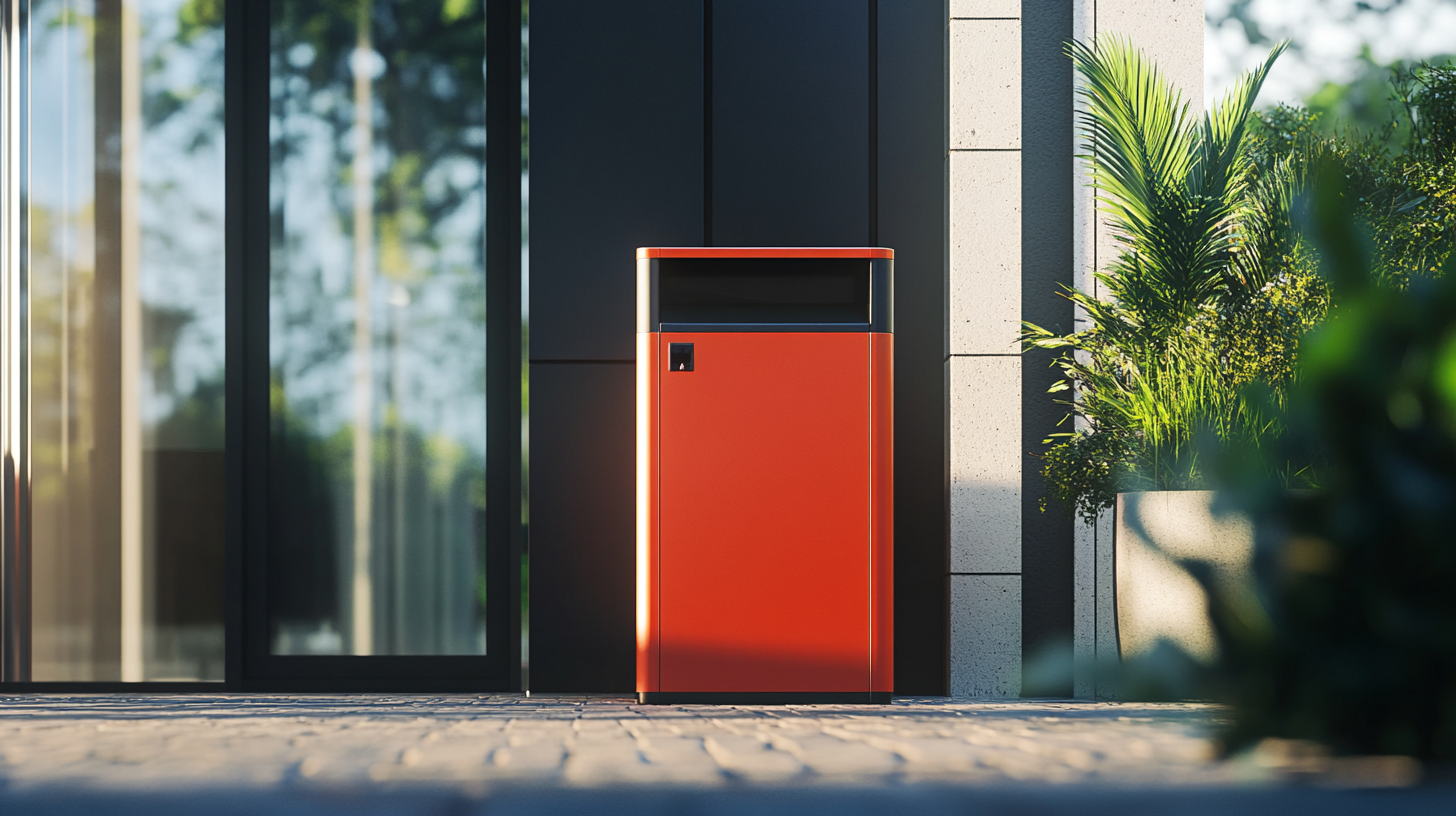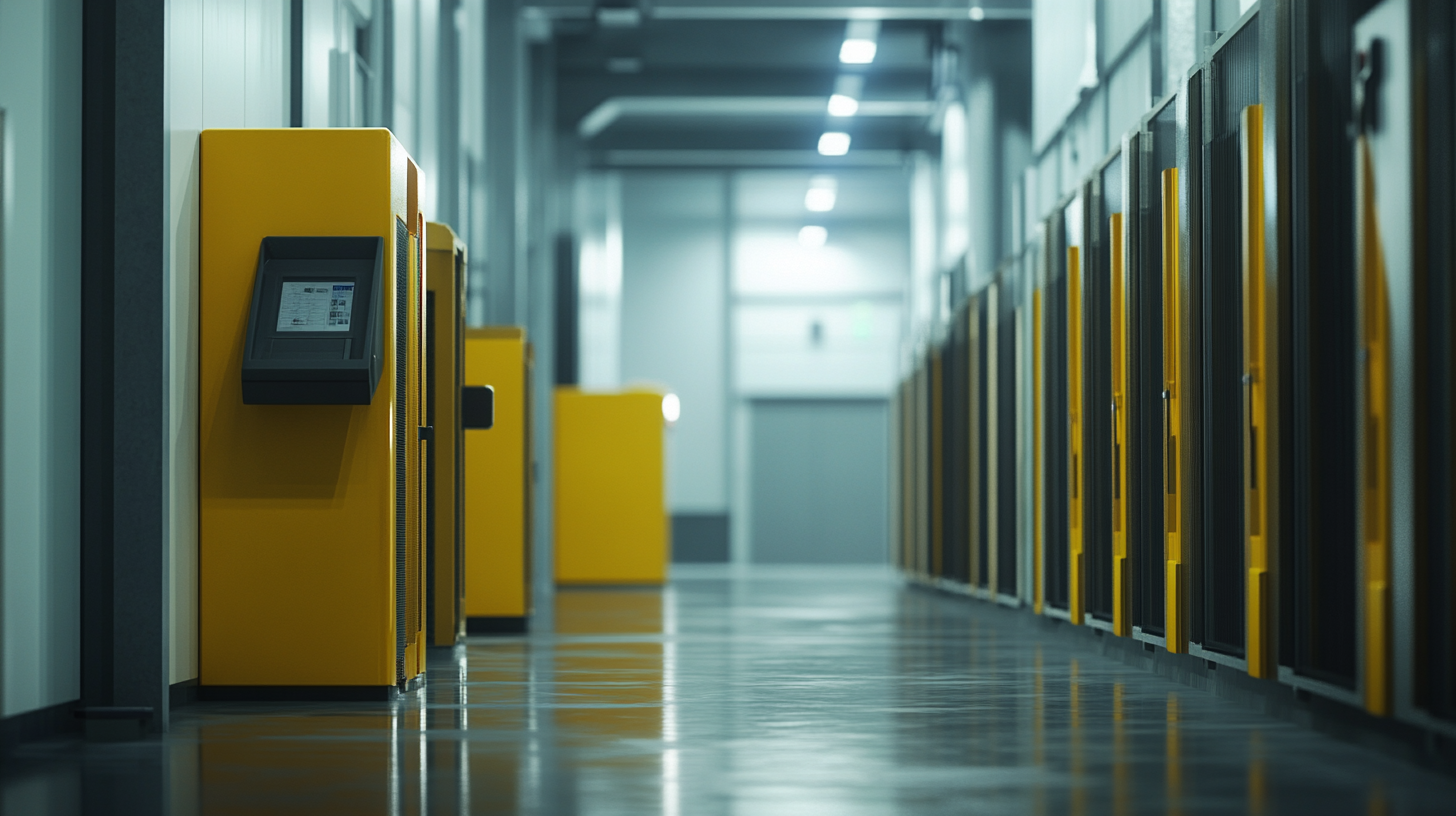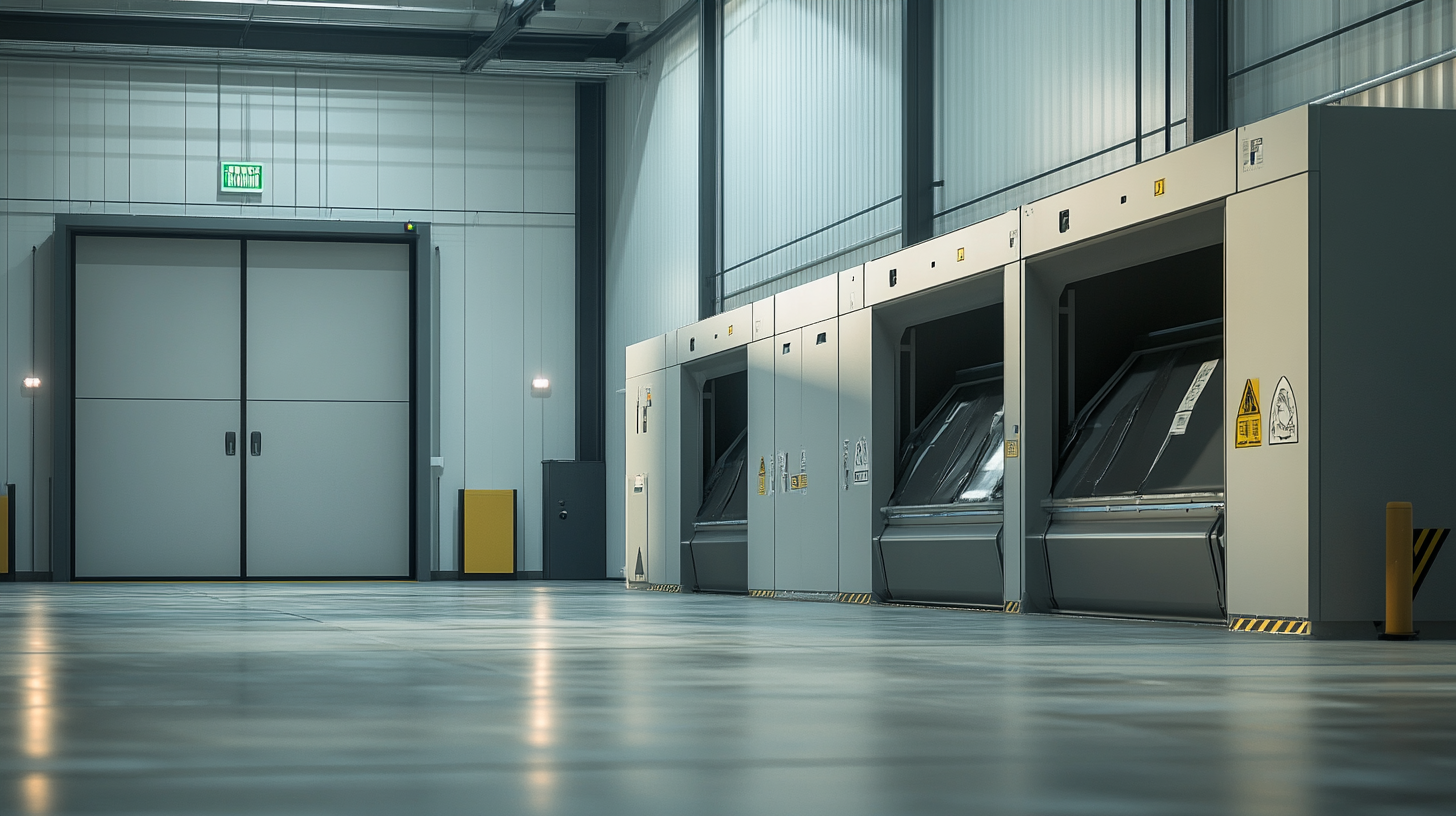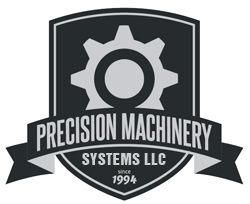Essential Techniques for Sourcing Automatic Trash Compactors in a Competitive Market
In a rapidly evolving waste management landscape, businesses are increasingly turning to innovative solutions to enhance operational efficiency and sustainability. One such solution is the Automatic Trash Compactor, which has gained significant traction in both residential and commercial sectors. According to a recent report by MarketsandMarkets, the global market for automatic trash compactors is projected to grow at a CAGR of 6.5% from 2021 to 2026, reflecting the heightened demand for space-saving waste management systems. With rising urbanization and the challenges associated with waste disposal, organizations must strategically source these compacting systems to stay competitive. This blog will explore essential techniques for sourcing Automatic Trash Compactors, highlighting how businesses can leverage market insights and trends to make informed purchasing decisions while optimizing their waste management processes.

Identifying Key Features to Look for in Automatic Trash Compactors
When sourcing automatic trash compactors in a competitive market, it's crucial to understand the key features that will enhance your waste management efficiency. Recent industry reports indicate that automatic trash compactors can reduce the volume of waste by up to 80%, allowing households to fit five times more garbage into each bag. This efficiency not only minimizes the frequency of trash disposal but also contributes to a more organized living space.
When selecting a trash compactor, consider its capacity and power. A robust motor and a wide compaction chamber can significantly improve performance. Additionally, features like automatic dual-sided compacting and user-friendly controls enhance convenience. Noise levels are another critical factor; opting for a model designed with sound insulation can provide a quieter operation, making it suitable for any home environment, especially in urban settings.
Moreover, energy efficiency should not be overlooked. Many contemporary models are equipped with energy-saving technology, which is increasingly important for environmentally conscious consumers. By choosing a compactor with the Energy Star certification, you can ensure lower energy consumption without compromising on performance. These features not only assist in efficient waste management but also align with sustainable living practices, making them highly desirable in today’s market.

Understanding Market Trends and Consumer Preferences
In today's competitive market for automatic trash compactors, understanding market trends and consumer preferences is crucial for successful sourcing. Recent reports from industry analysts indicate that the global market for waste compactors is projected to grow at a compound annual growth rate (CAGR) of 5.6% between 2023 and 2030. This growth is driven by increasing urbanization and the rising need for efficient waste management solutions.
Consumer preferences are shifting towards eco-friendly and space-saving products. A survey conducted by the Green Building Council found that 72% of consumers prioritize sustainability when making purchasing decisions. As a result, manufacturers are focusing on developing compactors that utilize energy-efficient technologies and are made from recyclable materials. Additionally, features such as smart connectivity and user-friendly designs are becoming essential, with 68% of respondents expressing a preference for devices that can be controlled remotely or integrated with smart home systems.
Furthermore, regional variations in waste management regulations are influencing consumer behavior. In densely populated urban areas, where space is at a premium, compact and efficient waste management solutions are essential, leading to a 50% increase in demand for automatic compactors over traditional models. As businesses navigate this competitive landscape, staying attuned to these market trends and consumer preferences will be vital in sourcing products that meet the evolving needs of customers.
Market Share of Automatic Trash Compactor Brands
Evaluating Supplier Credentials and Product Quality
When sourcing automatic trash compactors in a competitive market, evaluating supplier credentials and product quality becomes crucial. Trusted suppliers should have a proven track record in the industry, showcasing their experience and reliability. It’s essential to check for certifications and industry standards that ensure the supplier adheres to safety and quality regulations. Additionally, seeking testimonials and reviews from previous clients can provide valuable insights into their operational practices and customer satisfaction levels.
Product quality evaluation should encompass both the materials used and the technology integrated into the compactors. Understanding the specifications, including the compaction ratio, energy efficiency, and user-friendliness, is key. Conducting hands-on tests or requesting product samples allows potential buyers to assess the compactors' performance in real-world scenarios. Furthermore, engaging with suppliers about their production processes and quality control measures can further validate their commitment to excellence. In a competitive landscape, these steps are essential for making informed, strategic purchasing decisions.

Negotiating Pricing Strategies in a Competitive Landscape
When it comes to sourcing automatic trash compactors, negotiating pricing strategies becomes crucial in a competitive landscape. Understanding the nuances of market demand and supplier capabilities is vital for achieving a favorable deal. Begin by conducting thorough market research to identify key players and their pricing structures. This knowledge allows you to establish a baseline for negotiations, ensuring you are not overpaying while still respecting the value offered by the suppliers.
Furthermore, when negotiating, consider not only the upfront costs but also the total cost of ownership. This approach includes maintenance, energy efficiency, and potential savings in waste disposal fees over time. Presenting these factors during negotiations can strengthen your position, demonstrating that you are a knowledgeable buyer looking for long-term value rather than a bargain. Building strong relationships with suppliers can also lead to better pricing options, as trust often encourages flexibility.
Lastly, be prepared to explore various financing options. Rent-to-own agreements or bulk purchase discounts can provide additional avenues for cost savings, making automatic trash compactors more accessible for businesses of all sizes. By utilizing these strategies, you can effectively navigate a competitive market and secure advantageous pricing arrangements that meet your operational needs.
Leveraging Digital Tools for Efficient Sourcing Processes
In today's competitive market, leveraging digital tools for sourcing automatic trash compactors is essential for businesses aiming to enhance operational efficiency and reduce costs. Online platforms provide manufacturers and suppliers a space to showcase their products, offering detailed specifications and customer reviews. By utilizing these digital resources, procurement teams can make informed decisions based on comprehensive data analysis, leading to optimal purchasing choices.
Additionally, digital sourcing tools enable businesses to streamline their procurement processes. Automation software can help manage bids, track vendor performance, and conduct market research efficiently. Features such as real-time data analytics and collaborative platforms allow teams to communicate seamlessly, ensuring all stakeholders are aligned throughout the sourcing journey. By embracing these technologies, companies can not only accelerate their sourcing processes but also create a more agile supply chain that adapts to changing market demands.
